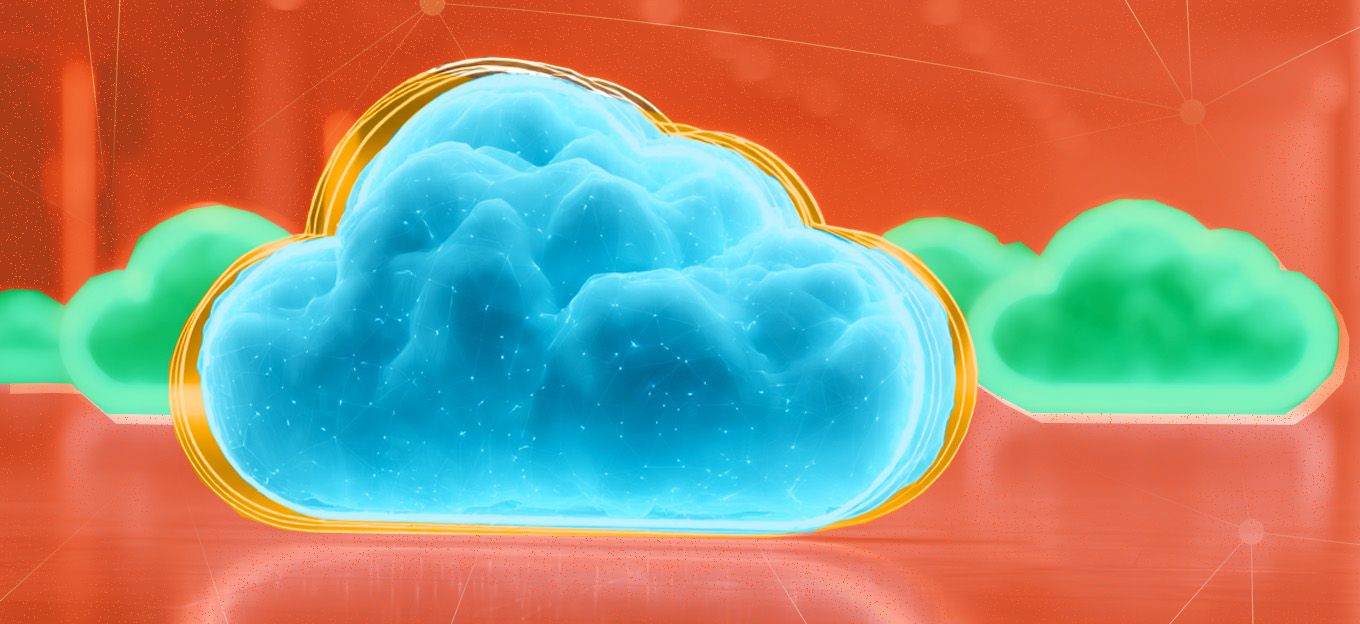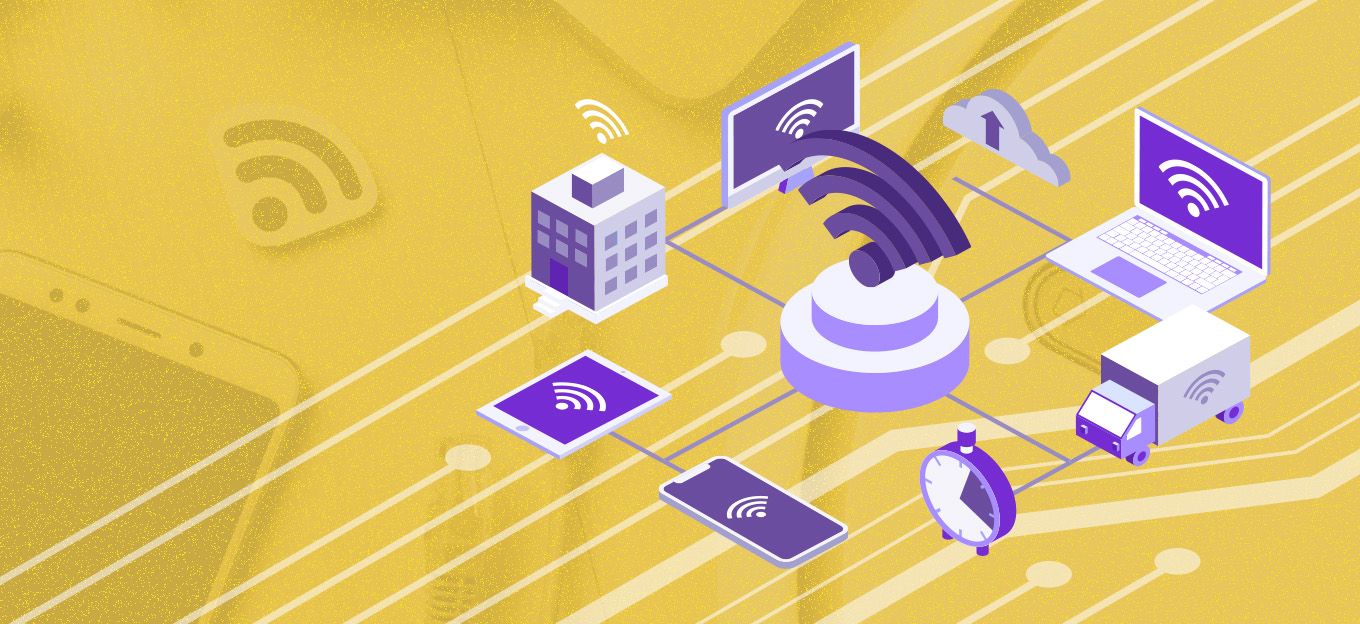5 Best Open Source IoT Frameworks
5 Best Open Source IoT Frameworks
- Last Updated: December 2, 2024
Guest Writer
- Last Updated: December 2, 2024



The Internet of Things, or IoT for short, is conquering the digital world now. The idea of smart interrelated gadgets and consumer electronics able to work independently has been evolving since the end of the 20th century.
This technology has successfully resulted in a highly-developed far-reaching system of middleware between the devices and user applications. The universal popularity of the IoT strategy is easily explained by the fact that there are billions of devices worldwide in all aspects of human life: medicine, industry, commerce, farming, lifestyle, to name just a few.
Looking for an out-of-the-box solution for your IoT deployment? Check out these five open-source IoT frameworks.
<!-- wp:paragraph --> <p>You should bear in mind, though, that open source solutions are not totally equal to free software. The terms may mean the same and are used interchangeably sometimes. However, open-source software (OSS) goes both ways: it can come to you at no cost as well as offer you quite expensive price tags. The difference lies in its open nature of the software development approach as it allows side code enthusiasts to easily join the programming process.</p> <!-- /wp:paragraph -->
<!-- wp:paragraph --> <p>Needless to say, the majority of businesses treat emerging tech trends as an invaluable asset with an eye on their subsequent monetization. Quite obviously, some organizations opt for having the competitive IoT-backed solutions integrated with their processes, like these actionable Applications for the automobile and sports industries. Some decide to double down on buying out or creating their own open-source platforms to maximize revenues. Either way, it leads us to the exponential increase of software development initiatives driven by IoT. </p> <!-- /wp:paragraph -->
<!-- wp:heading --> <h2 class=" />Open-Source IoT Frameworks to Consider
Many companies look for the out-of-the-box open-source platforms while trying to find the best IoT tools that can provide robust analytics and interoperability between their connected devices. Let’s get a brief overview of the 5 most deployed open source IoT frameworks to see if they meet your business needs.
DeviceHive
<!-- wp:paragraph -->
<p>Price: by request <br>Documentation: <a href=" />https://docs.devicehive.com/docs
DeviceHive is an open-source IoT cloud service management platform, licensed under the Apache License Version 2.0, with a particular focus on big data analytics.
This function-rich technology can:
- support Python, Node.js, Java, and other client libraries
- provide scalable public, private, or hybrid cloud resources
- support Docker and Kubernetes deployment options
- handle single and multiple production volumes at scale
- deprive of minor technical peculiarities
- connect any devices with REST API, WebSockets, or MQTT protocols
- leverage the benefits of Apache Kafka, Spark, and Cassandra solutions for big data analytics
Both professional developers and consultants support the platform’s implementation. DeviceHive offers robust tools to set up communication between smart IoT devices. It fills the gap between cloud development, embedded, and mobile app development.
ThingSpeak
<!-- wp:paragraph -->
<p>Price: from $ 650/unit Documentation: <a href=" />https://www.mathworks.com/help/thingspeak/
ThingSpeak is a relatively young IoT platform that tightly collaborates with MathWorks. This gives the possibility to leverage from timely MATLAB data analysis from numberless sensors.
The platform comprises:
- live data streams aggregation and analytics;
- data recording from public channels to be further used in newly created private channels;
- assignment of public channels to share data;
- visualization of collected data;
- updates of channel feed via the REST and MQTT APIs;
- MATLAB® online analytical tools for exploring patterns and relationships;
- TimeControl function that enables event-triggered alerts.
Mainflux
<!-- wp:paragraph -->
<p>Price: from $500/month Documentation: <a href=" />https://mainflux.readthedocs.io/en/latest/
Mainflux is an open-source and patent-free IoT platform that has a rich number of advantageous tools for data collection and management, core analytics, and event scheduling.
Mainflux provides:
- connectivity of things and users via HTTP, MQTT, WebSocket, CoAP protocols;
- device management and provisioning;
- container-based deployment by Docker;
- container orchestration by Kubernetes;
- enhanced data security with customizable API keys and scoped JWT;
- low OPEX (operating expense) benefits;
Both protocol and device agnostic.This platform is written in Golang and can be deployed as an on-premises, hybrid or cloud-based model. Prices may vary, starting from absolutely free-of-charge installation modes and support plans to fully-managed business and custom variants.
Thinger.io
Price: from € 3.95/month
Documentation: http://docs.thinger.io/
Thinger.io is an open-source ready-to-go platform for cloud IoT projects. This software enables deployment through Docker containerization methods.
Among its beneficial features there are:
- smooth multi-hardware integration;
- hardware support of Arduino IDE, Linux, Sigfox andARM Mbed boards;
- easy-to-use cloud admin console;
- live data streaming to websockets;
- device data visualization in the cloud via real-time dashboards;
- support of both iOS and Android mobile apps;
- IFTTT event-triggered settings for multiple IoT devices
Zetta
Price: Free
Documentation: https://github.com/zettajs/zetta/wiki
Zetta is the first API-oriented open source IoT framework that basically serves for non-stop streaming loads of data. This technology is deprived of vivid data visualization but its main advantage remains “reactive programming”.
The feature list consists of both commonplace and unique characteristics:
- smooth integration with customer’s business logic
- based on Node.js;
- harnesses Reactive Hypermedia patterns for data streaming;
- uses Siren Format to build a solid API for IoT devices;
- network protocol agnostic ;
- secured connection between peering servers;
- consistent data transition over websockets;
- ability to send data to other analytical platforms;
- A SQL syntax for queries and notifications.
Utilizing OSS: Some benefits and drawbacks explained
At first glance, the IoT tools mentioned above may seem quite similar and enlist homogeneous features but these platforms can come in handy going far beyond.
Alternatively to proprietary software, open-source technologies are completely customizable and scalable – as the code is open it can be adjusted and modified to the business's needs. OSS allows developers and enterprises to move between different frameworks without complications – the necessary toolkit provided. With a great number of automated protocols and functions, open-source frameworks save much time for IoT engineers and tech-professionals.
This IoT solution is better for handling deployment flexibility issues and reducing expenses. Being of the major priority, data privacy and security is the main standpoint of any business, so you may choose from diverse open source framework vendors worldwide.
There are still some challenges you can face on this far-reaching way:
- Open means free access, i.e. contributors are not always specialists.
- Secure maintenance is always vulnerable.
- Data privacy gains a growing legal interest.
- A number of best open source platforms may cost a fortune.
- Bugs happen.
- The set of available standard features doesn’t fit all your business needs.
- Open-source IoT platforms are not for a mediocre user.
The Most Comprehensive IoT Newsletter for Enterprises
Showcasing the highest-quality content, resources, news, and insights from the world of the Internet of Things. Subscribe to remain informed and up-to-date.
New Podcast Episode

Moving Past the Pilot Phase in IoT and AI
Related Articles


